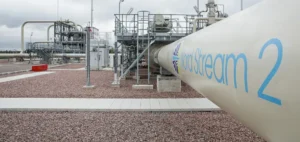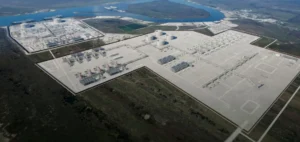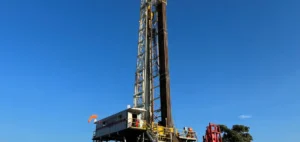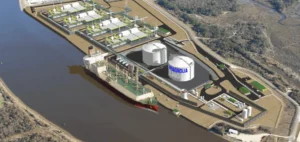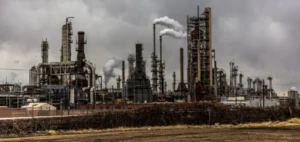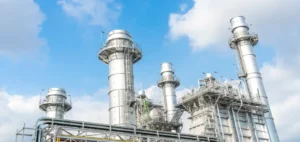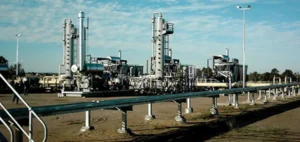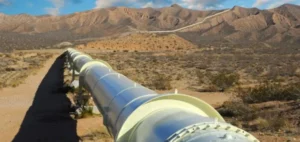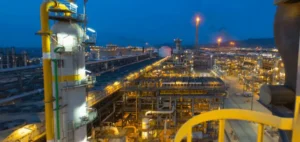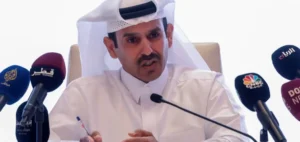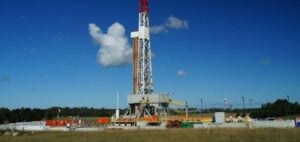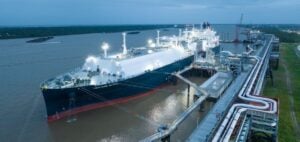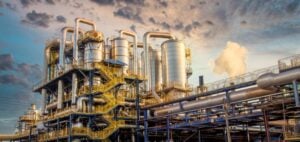Italy wants to expand gas drilling concessions in the Adriatic, hoping to double production to 6 billion m3/year. Prime Minister Giorgia Meloni’s ambition is to bring down energy prices.
A drop in prices
In Italy, the measure will take the form of an amendment to a government decree. Parliament must approve the text in the next few days, according to the Prime Minister. The project provides for the granting of 10-year concessions.
The drilling would take place between 9 and 12 miles off the Adriatic coast. This project would allow the extraction of up to 15 billion cubic meters of gas. A draft version set the extraction limit at 10 billion cubic meters over a 15-year period.
According to the Italian government, the gas from the new domestic production will supply energy-intensive Italian companies. For Rome, the price will be between €50 and €100 per megawatt hour. This represents a reduction compared to the prices charged on the European gas market.
Diversification of supplies
Italy is trying to find new gas supplies to replace imports from Russia. Indeed, these deliveries represented about 38% of its total consumption last year, before the invasion of Ukraine by Moscow. However, the expected increase in domestic production will only cover a small part of Italy’s needs.
The Italian government also signed import agreements with countries such as Algeria, Norway, Congo and Azerbaijan. However, environmentalists believe that Italy should do more to accelerate the deployment of renewable energy sources. In particular, they mention solar and wind energy.
Ten European states agreed to specify how to limit export credits for fossil fuel projects abroad. However, they were ruling out a commitment project. This was intended to explicitly end this type of support after Italy’s refusal.



